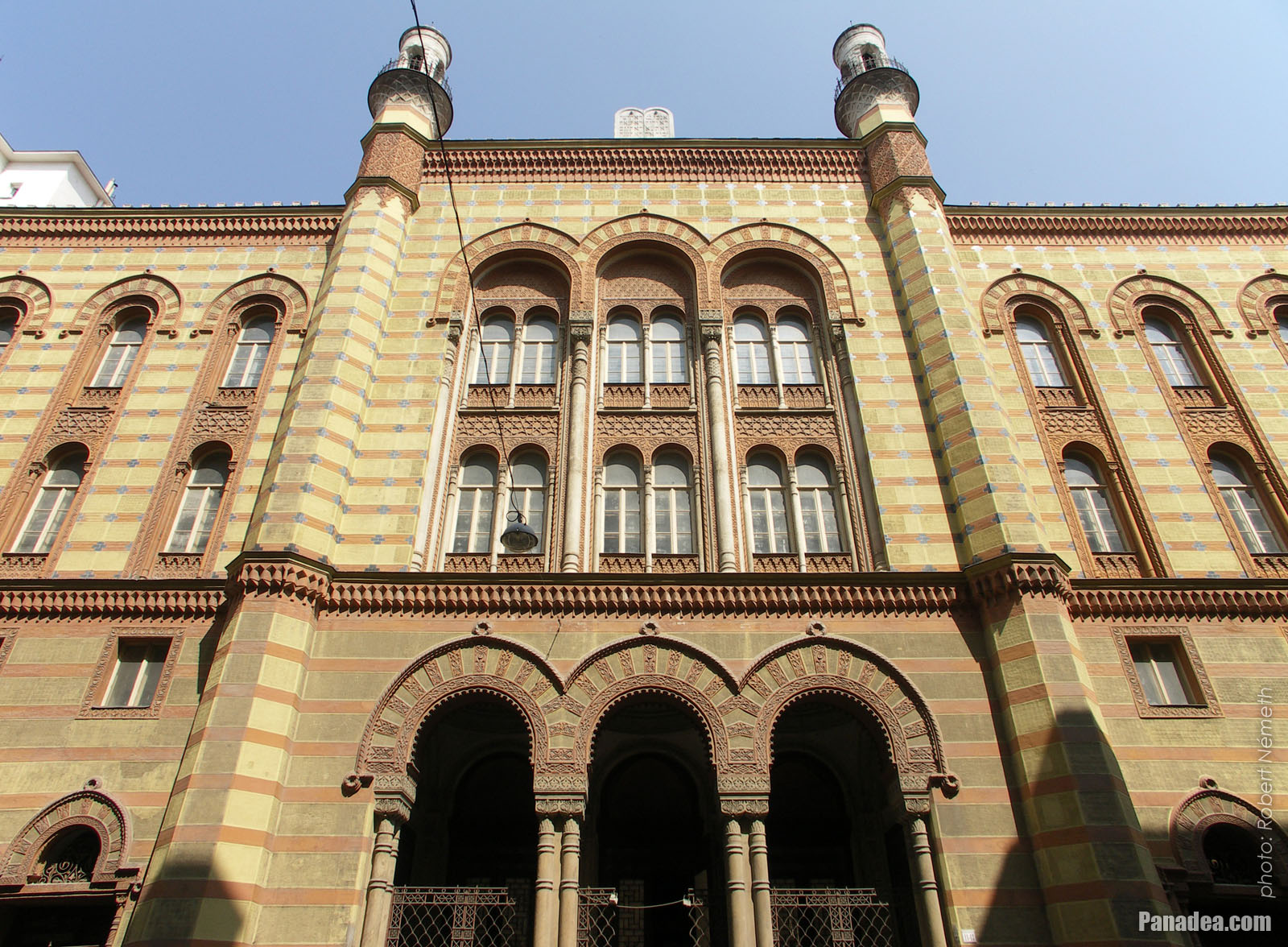Rosa Rado Migrates to the United States
“They did what human beings looking for freedom, throughout history, have often done. They left.” -Isabel Wilkerson, The Warmth of Other Suns: The Epic Story of America's Great Migration
This website uses the name of a fictional migrant, Tom Joad, who like millions of people every year moves from their home to another place in search of freedom from persecution, economic security and a chance at a better life. Details of the story will vary greatly- the story of a white family migrating from the dust bowl, Black people leaving the South for northern cities (the story Isabel Wilkerson tells in her book), Palestinians forced to leave their homeland duing a brutal campaign of ethnic cleansing, a Jewish mother during a campaign that included anti-Jewish terror leaving her homeland with her adult children may seem, on the surface, to have no commonalities. At a deeper level each is just another story of what people do to ensure their own survival. If we can listen to all these many stories with some bit of empathy there might be hope for us yet. Can we work harder to end the injustices that cause the uprooting of peoples from their homeland? Can we work to welcome migrants?
The story of Rosa and her family below is not
random, but this story is my family's story.

Sadly there are no known first-hand accounts as to the motivations of this particular family and their decision to migrate from Hungary to the United States. However, there are some things that we know for sure. The records show that in Budapest, Hungary in 1864, Rosa Weinstock was born to parents Marcus and Rozalia Weinstock -nee Benjamin (see page one and two of birth records). In 1888 Rosa married Morris Rado at the age of 23. Judging from marriage records, they were associated with the Rumbach Street Synagogue (pictured here) completed just 16 years prior, that still stands today, though empty and in disrepair. It is further documented that they had at least 3 children- Karoly born in 1889, Cornelia in 1891, and Sarrota in 1900. In October of 1921, Rosa (listed as Elsa on the ship manifest (see page one and page two, beginning at line 12) Rado, her daughters Kornelia and Sarrota (later Americanized to Charlotte) and “step-daughter” Elise Rado stepped off the ship “Olympic” onto Ellis Island. It is unknown what had become of Morris Rado, who would be 62 then. We can presume he died prior to this time. Rosa’s son Karoly (later known as Charles) would immigrate in 1925.
There was much turmoil in Hungary
following the end of World War I. Hungary had lost much of its
territory.
On October 31, 1918, the
Hungarian Democratic Republic was created by revolution that started
in after the dissolution and
break-up of
Austria-Hungary
at the end of
World War I. The official proclamation of the republic was on November 16, 1918,
and
Mihály Károlyi
was named as the republic's
Prime Minister.
This event also marked the independence of Hungary which had been ruled
by the
Habsburg
Monarchy
for several centuries.
The Hungarian Democratic Republic did not last long. Another revolution in 1919 marked the end of this state and the creation of a new communist state known as Hungarian Soviet Republic.
The “Hungarian Soviet Republic” lasted less than 4 months. It was marked by violence. After its fall came a period called The White Terror. The White Terror in Hungary was a two-year period (1919–1921) of repressive violence by counter-revolutionary soldiers, with the intent of crushing any vestige of Hungary’s brief Communist state. Many of the victims of the White Terror were Jewish. The White Terror was described by Randolph L. Braham as "a nebulous amalgam of political-propagandistic views whose central themes included the struggle against Bolshevism, the fostering of antisemitism, chauvinistic nationalism, and revisionism—an idea that antedated both Italian Fascism and German Nazism" It is estimated that during this period, 1919 to 1921, 5,000 people were executed, including many Jews, despite many of them being opponents of the failed communist regime. Hungary’s 1920 Law XXV restricted the number of Jews entering Universities. This has the distinction of being the first anti-Jewish law enacted in post-WWI Europe and predates the Nuremberg laws by 15 years. More than 75,000 people were jailed. More than 100,000 left the country at this time, including many middle-class Jews.
Was the White Terror campaign the impetus for the migration of Rosa and her adult children to the United States? We can’t be certain, but it seems very likely that it was at least part of the reason. Rosa’s family faced another potential obstacle. There was growing xenophobia in the United States. In 1921 President Harding signed the “Emergency Quota Act of 1921” which for the first time limited immigration from Europe. Its intention was to limit especially immigration from Southern and Eastern European countries. (Check out this description of this terrible time of US history is in this other family story -Lizzy Ratner's family, as we face another horrific time of cruel and baseless immigrant bashing and policies led by opportunistic politicians.) Another Immigration law in 1924 was even harsher on Eastern European immigrants. It is very fortunate that Rosa and her family immigrated when they did.Rosa’s family successful immigration to the United States turned out to be key to their survival. Rosa became a US citizen in 1928. Rosa died of natural causes in the city of New York in 1938 and is buried in Beth David cemetery in Nassau County, New York. Rosa’s children all lived full lives in the United States.